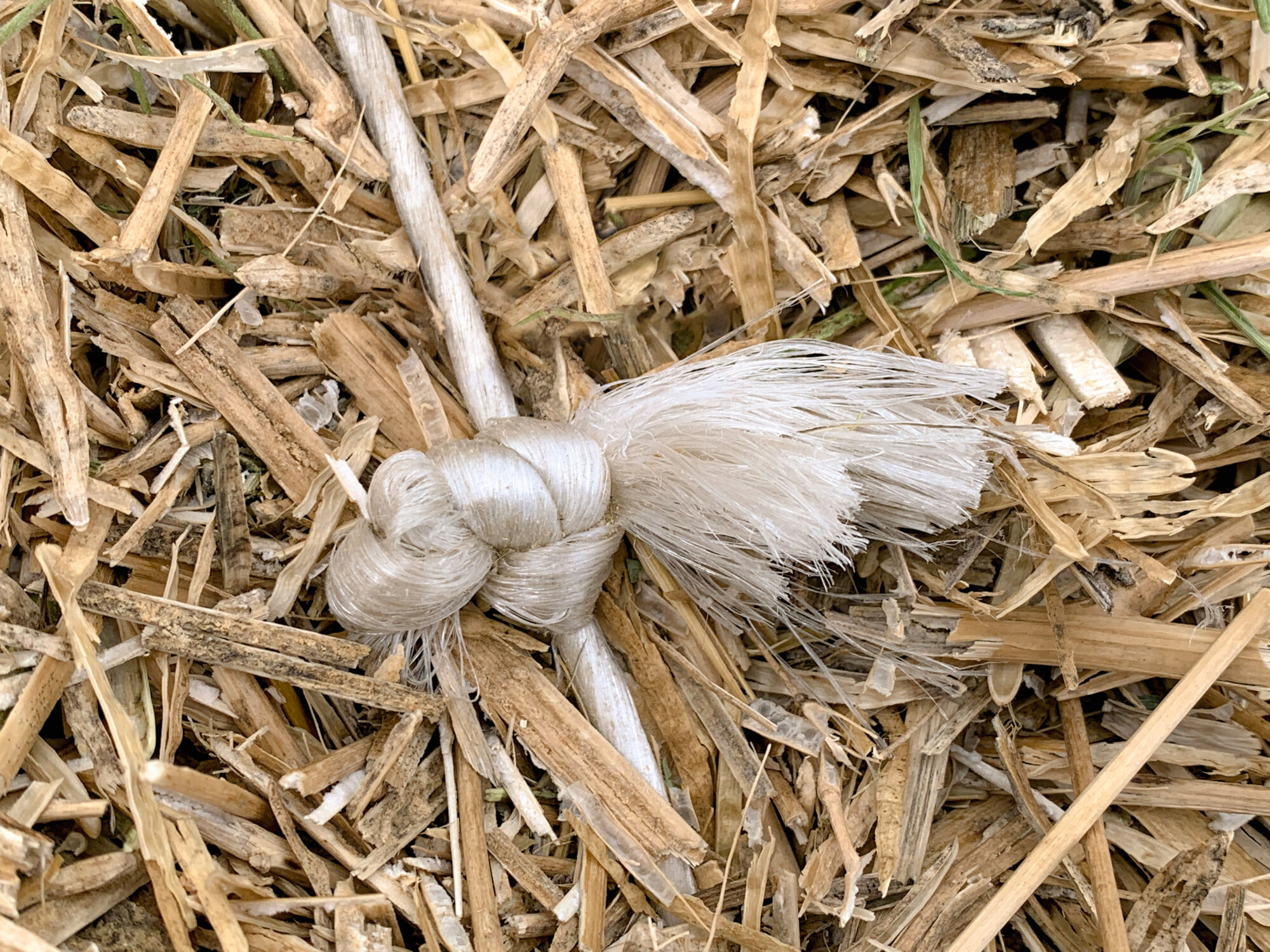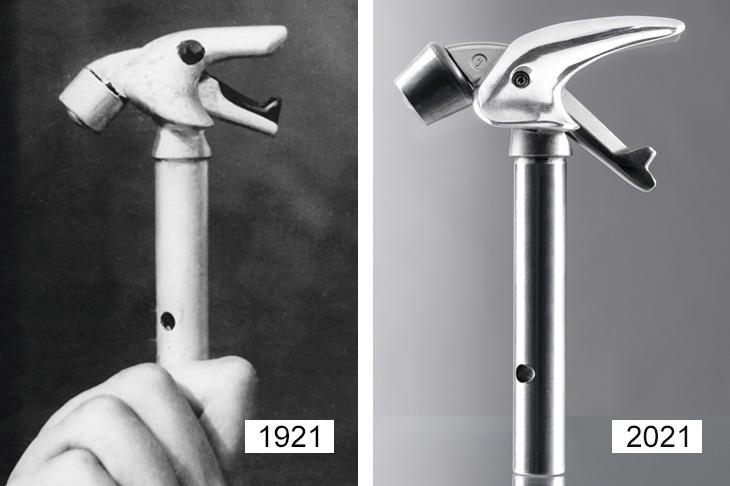In 1934 the Claas pick-up baler revolutionised European straw and hay harvesting by doing the whole job in a single mechanical operation – picking up the crop, pressing it into compact bales and loading it onto the wagon. Further milestones in the knotter’s history include the 1953 HD high-density pick-up baler, the 1967 Markant sliding ram baler and last but not least, the Quadrant launched in 1988 – which has clocked up more than 5,500 sales in Germany alone; the major share of the domestic square baler market. Starting with the straw binder and moving right up to the present-day Quadrant, Claas has produced well over one million knotters to date.
100 years of the Claas bale knotter
11th August 2021
Claas filed its first patent 100 years ago: the knotting device for the Claas straw binder. This device laid the foundations for a success story in baling technology – stretching right up to the new Quadrant Evolution
2021 marks 100 years of the Claas bale knotter, patented in 1921 and a lasting piece of engineering for the company. The knotter is the core component of square and big balers and its basic mechanical principle has remained virtually unchanged for decades – in both the single and the double knotter. In 1921 Claas filed their very first patent for a knotting device they invented for use on straw binders. The straw binder was the first product made by the family company founded in 1913, followed by the patented Claas straw baler.
Then in 1923 they developed the groundbreaking ‘knotter billhook with floating upper jaw’ (Patent No. 414212), which and served as the Claas company logo for many decades. In those days both machines were designed to be used in combination with threshing machines.
100 years after the first patent was filed, Claas still develops and manufactures its knotters entirely in-house as a core business. And the company still swears by the single or loop knot due to its reliability, simplicity and the fact that it produces no twine waste. The most recent major development occurred in 2015, when the knotter bill hook and twine retaining plate were redesigned to facilitate the use of thicker, stronger twines and further improve the reliability of the knotting process. At the same time, the company introduced Automatic Pressure Control (APC). This system uses sensors to continuously monitor the twine tension and automatically control compaction pressure to avoid twine breakage while at the same time maximising bale density.


